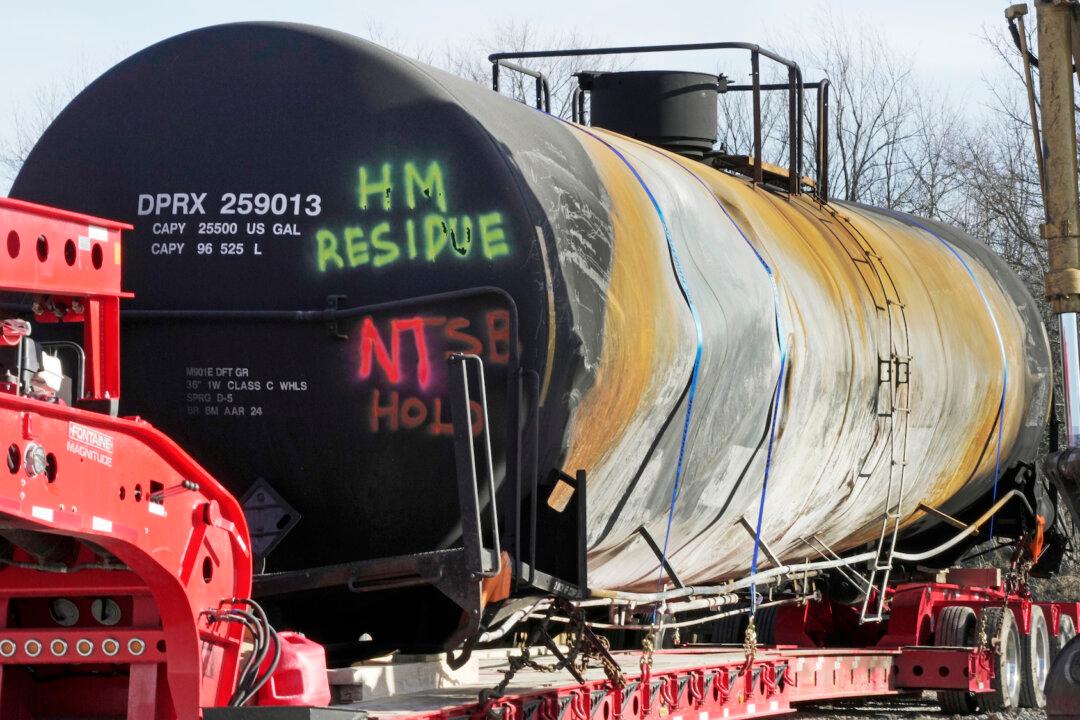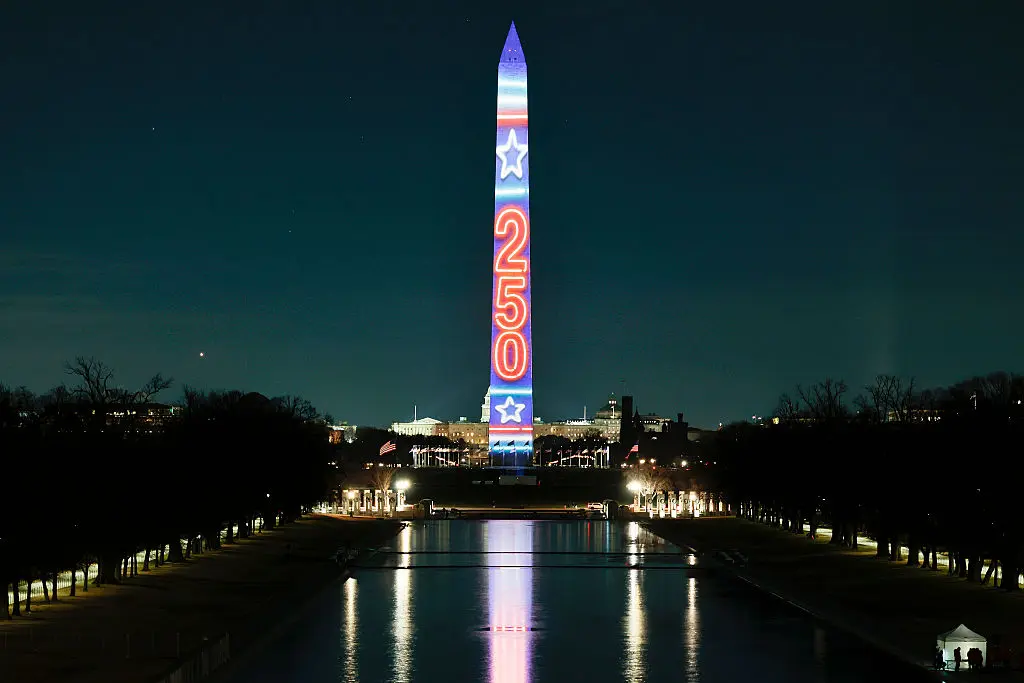After halting the process on Feb. 24, the U.S. Environmental Protection Agency announced that shipment of contaminated waste from the toxic train derailment site in eastern Ohio could resume on Feb. 28.
Amid objections from Michigan authorities who said they weren’t aware that hazardous materials were headed into their state, the EPA ordered a temporary pause on the contaminated waste shipments over the weekend.





